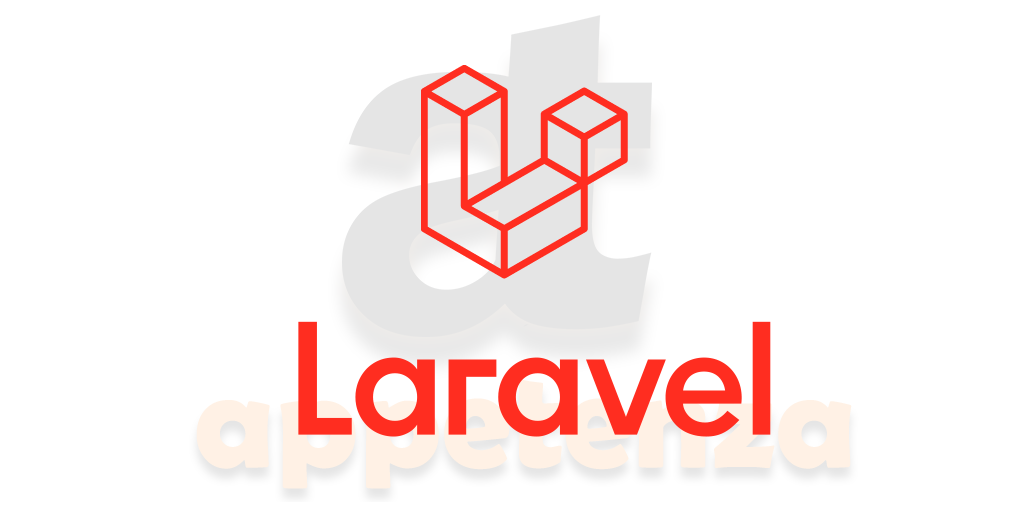How to send email with dynamic sender in laravel | Laravel Dynamic SMTP Email configurations
In Laravel, you can set up a dynamic SMTP (Simple Mail Transfer Protocol) configuration to send emails using a different SMTP server based on the current environment or based on the recipient's email address.
Here's an example of how you can set up a dynamic SMTP configuration in Laravel:
Step 1. Set Default SMTP Details on .env
MAIL_DRIVER=smtp
MAIL_HOST=smtp.example.com
MAIL_PORT=587
MAIL_USERNAME=sender@example.com
MAIL_PASSWORD=password
MAIL_ENCRYPTION=tls
Step 2. Create a new SMTP configuration array in the config/mail.php file. For example:
<?php
return [
/*
|--------------------------------------------------------------------------
| Default Mailer
|--------------------------------------------------------------------------
|
| This option controls the default mailer that is used to send any email
| messages sent by your application. Alternative mailers may be setup
| and used as needed; however, this mailer will be used by default.
|
*/
'default' => env('MAIL_MAILER', 'smtp'),
/*
|--------------------------------------------------------------------------
| Mailer Configurations
|--------------------------------------------------------------------------
|
| Here you may configure all of the mailers used by your application plus
| their respective settings. Several examples have been configured for
| you and you are free to add your own as your application requires.
|
| Laravel supports a variety of mail "transport" drivers to be used while
| sending an e-mail. You will specify which one you are using for your
| mailers below. You are free to add additional mailers as required.
|
| Supported: "smtp", "sendmail", "mailgun", "ses",
| "postmark", "log", "array", "failover"
|
*/
'mailers' => [
'smtp' => [
'transport' => 'smtp',
'host' => env('MAIL_HOST'),
'port' => env('MAIL_PORT'),
'encryption' => env('MAIL_ENCRYPTION'),
'username' => env('MAIL_USERNAME'),
'password' => env('MAIL_PASSWORD'),
'from' => [
'address'=> env('MAIL_FROM_ADDRESS'),
'name'=> env('MAIL_FROM_NAME'),
]
],
],
/*
|--------------------------------------------------------------------------
| Markdown Mail Settings
|--------------------------------------------------------------------------
|
| If you are using Markdown based email rendering, you may configure your
| theme and component paths here, allowing you to customize the design
| of the emails. Or, you may simply stick with the Laravel defaults!
|
*/
'markdown' => [
'theme' => 'default',
'paths' => [
resource_path('views/vendor/mail'),
],
],
];
Step 3 : Store SMTP related Details on your related DB in Json Column Like below:
use App\Models\MailConfig;
public funciton store(Reuest $reuest){
$smtpdetails=[
'SMTP_NAME'=>(string)Str::uuid(),
'MAIL_DRIVER'=>$request->MAIL_DRIVER??'',
'MAIL_HOST'=>$request->MAIL_HOST??'',
'MAIL_PORT'=>$request->MAIL_PORT??'',
'MAIL_USERNAME'=>$request->MAIL_USERNAME??'',
'MAIL_PASSWORD'=>$request->MAIL_PASSWORD??'',
'MAIL_ENCRYPTION'=>$request->MAIL_ENCRYPTION??'',
'MAIL_FROM_NAME'=>$request->MAIL_FROM_NAME??'',
];
$request['smtp_details']=json_encode($smtpdetails);
MailConfig::create($request);
}
Step 4: Create a new Service Provider class:
To create a new service provider class in Laravel, you can use the following
php artisan make:provider DynamicSMTPServiceProvider
This will generate a new service provider class in the app/Providers directory. The provider's name should DynamicSMTPServiceProvider
Step 5: Register the Provider:
Once the provider class is created, you need to register it in the config/app.php file. You can do this by adding the provider's class name to the providers array:.
'providers' => [
...
App\Providers\DynamicSMTPServiceProvider::class,
],
Step 6: Define the boot method:
In the service provider class, you can also define the boot method. This method is used to bootstrap any custom functionality that your application requires.
<?php
namespace App\Providers;
use Illuminate\Support\ServiceProvider;
use Config;
use App\Models\MailConfig;
use Str;
class DynamicSMTPServiceProvider extends ServiceProvider
{
/**
* Register services.
*
* @return void
*/
public function register()
{
//
}
/**
* Bootstrap services.
*
* @return void
*/
public function boot()
{
$smtpdata = MailConfig::select('smtp_details')->get();
$arr = [];
foreach ($smtpdata as $data) {
$smtpdetails=json_decode($data->smtp_details);
$smtpname=$smtpdetails->SMTP_NAME;
$arr[$smtpname] = [
'transport'=> $smtpdetails->MAIL_DRIVER,
'host'=> $smtpdetails->MAIL_HOST,
'port'=> $smtpdetails->MAIL_PORT,
'encryption'=> $smtpdetails->MAIL_ENCRYPTION,
'username'=> $smtpdetails->MAIL_USERNAME,
'password'=> $smtpdetails->MAIL_PASSWORD,
"from"=> [
"address"=> $smtpdetails->MAIL_USERNAME,
"name"=> $smtpdetails->MAIL_FROM_NAME,
]
];
}
$arr['smtp'] = [
'transport'=> 'smtp',
'host'=> env('MAIL_HOST'),
'port'=> env('MAIL_PORT'),
'encryption'=> env('MAIL_ENCRYPTION'),
'username'=> env('MAIL_USERNAME'),
'password'=> env('MAIL_PASSWORD'),
'from'=> [
'address'=> env('MAIL_FROM_ADDRESS'),
'name'=> env('MAIL_FROM_NAME'),
]
];
Config::set('mail.mailers',$arr);
}
}
Step 7: Now Send Mail use your Controller
use Illuminate\Support\Facades\Mail;
use App\Models\MailConfig;
//Dynamic SMTP Method
public static function SendMailSMTP($id)
{
$data = ['bodyMessage' => 'This is an example email message'];
//Dynamic SMTP Details;
$getsmtp=MailConfig::find($id);
//Extract SMTP Details from DB;
$smtpdetails=json_decode($getsmtp->smtp_details);
$smtpname=$smtpdetails->SMTP_NAME;
$from=$smtpdetails->MAIL_USERNAME;
$fromname=$smtpdetails->MAIL_FROM_NAME;
$to='example@appetenza.in';
$subject="Test Dynamic SMTP Mail";
Mail::mailer($smtpanme)->send('emails.emailTemplate', $data, function($message) use($from,$fromname, $to, $subject)
{
$message->from($from,$fromname)->to($to)->subject($subject);
});
}

